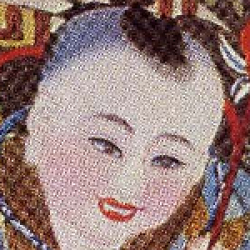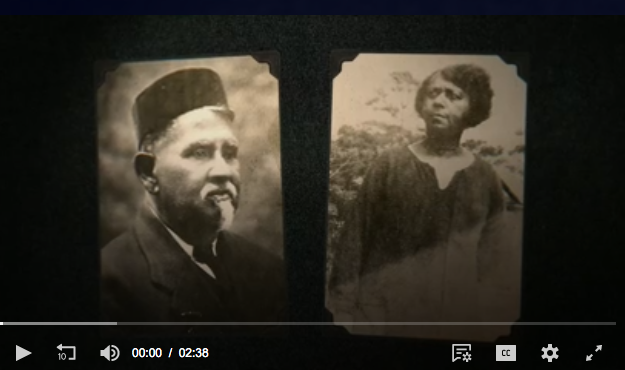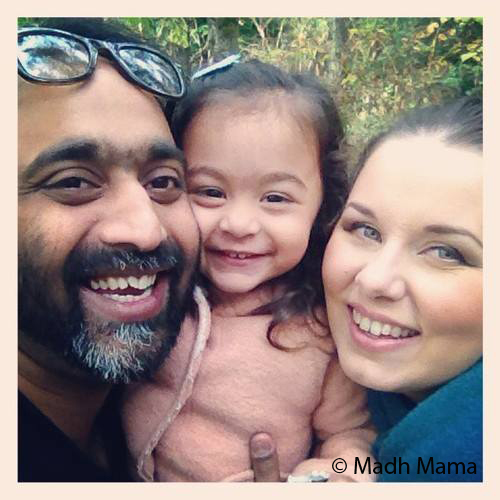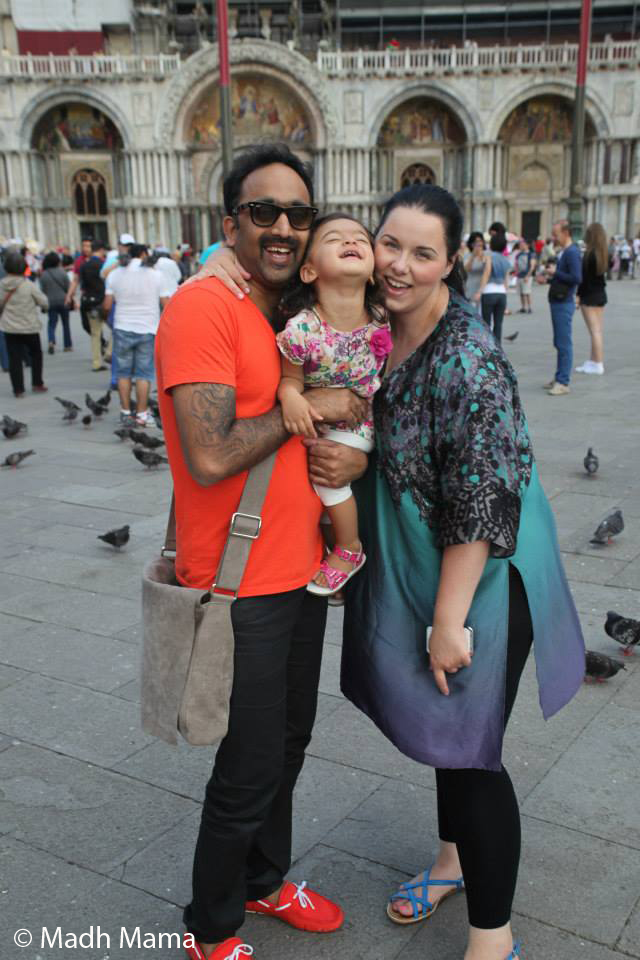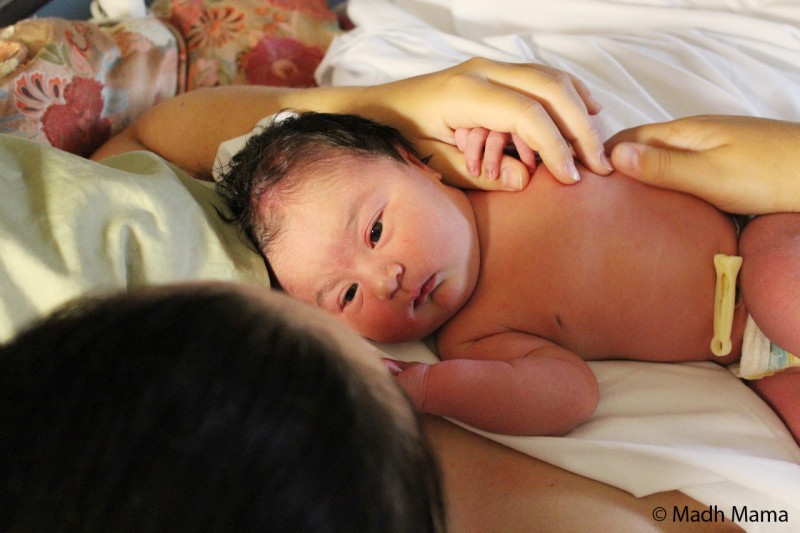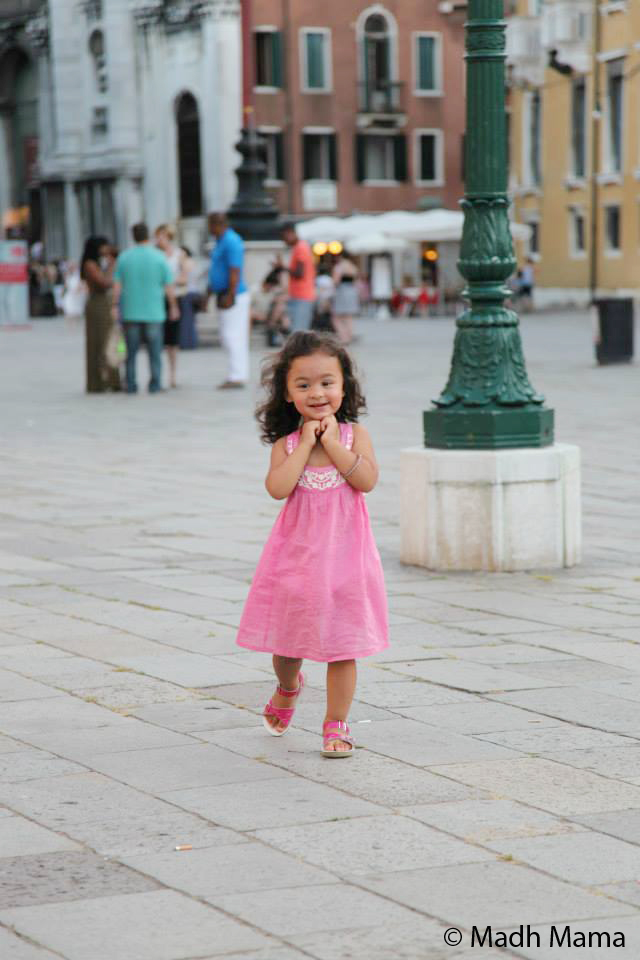While recently watching the new PBS series Asian Americans, which premiered earlier this month, I learned about a fascinating couple — an Indian immigrant to the US named Moksad Ali, who married an African American named Ella Blackman in 1895 in New Orleans, USA.
According to Vivek Bald, an associate professor of writing and digital media at MIT with an interest in the South Asian diaspora in the US, Moksad Ali represents one of the earliest migrations of South Asian immigrants to the East Coast — people who were mainly Muslim men who hailed from the Hooghly region north of Calcutta and worked as silk traders.
As Bald noted in the first episode in the series Asian Americans:
Vivek: The peddler network in some ways has gone under the radar because that group was so transient. The majority of men who were peddling would come during the summer months to New Jersey to the seaside resorts and then make their way south to winter tourist towns. Moksad Ali was one of the earliest to settle in New Orleans.
Moksad Ali and the other peddlers, in order to sell their goods, they played up their South Asian-ness, their Indian-ness. They played to the fantasies of the exotic East that the tourists who they were selling to expected.
At the end of the day, however, they were dark-skinned men in a deeply segregated society. And the places were they were able to live, build homes, marry and begin families were within African American communities.
In this case, Moksad Ali married Ella Blackman, as Bald described in his book Bengali Harlem and the Lost Histories of South Asian America:
Moksad Ali settled in New Orleans around the same time as Jainal Abdeen and married a local African American woman, Ella Blackman. Ella’s family had come to New Orleans from other parts of the South in the years before and after the Civil War. Her father’s side came from Tennessee, her mother’s from Virginia. Moksad and Ella married in May 1895, when Ella was seven months pregnant with their first child, Monzure. On Monzure’s July 12 birth certificate, Moksad Ali listed his occupation as “silk merchant” and penned a clear but labored signature in Roman/English cursive letters.
In the series Asian Americans, Vivek Bald also builds on the story of Moksad Ali and Ella Blackman by speaking with the descendents of the couple, including in this exchange:
Robin (Descendant): I can recall my grandmother telling me a story about when they were small that her and her dad and mother went to New York on the train. The kids and the father was all allowed to sit up in the front of the train, but my grandmother had to sit in the back and she said, well, it wasn’t that she looked black. It was the fact that they knew she was black.
I said, well that’s odd because some of the kids’ skin complexion is darker than my grandmother’s. So, I thought that was really weird, but…
Vivek: Moksad was darker than your grandmother.
Robin: Right.
Watch a portion of the Moksad Ali-Ella Blackman story in this clip from the PBS series Asian Americans:
Or, view the entire segment on Moksad Ali and Ella Blackman in the first episode of Asian Americans (video only available to viewers in the US):
What do you think about the story of Moksad Ali and Ella Blackman?
